Iida City Museum (2)
This is the interior of the Iida City Museum.
I took this photo from the upstairs near the entrance of the museum.
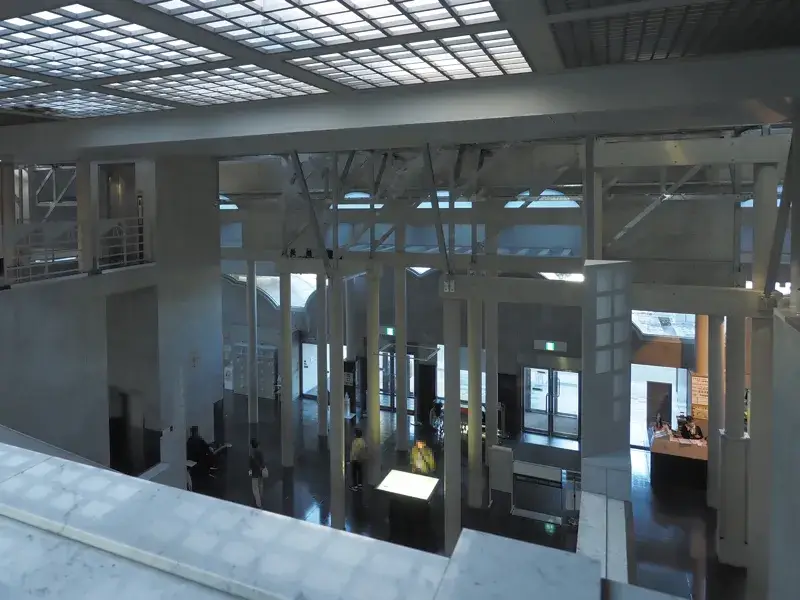
I apologize for the clarity of the photo, but you can see that there are a number of columns standing.
Hiroshi Hara said that his theme in designing this art museum was to create another mountain with architecture in a place where we can see the Alps.
There are about 120 columns, and he intended to create a new space by mixing various types of light, including light from the top light and reflected light.
I did not take many photos of the interior of the building, so please refer to the building introduction page on the Iida City Museum of Art website. You can see the columns and trusses.
The trusses are visible at the top of the columns, and together with the lighting from the roof, they remind one of a forest with sunlight filtering through the trees.
The objects on the rooftop were meant to represent the shape of these trusses. The parts with beams passing over the pillars that I described as “reminiscent of Roman ruins” are also used as part of the columns.
Since the roof is a mountain, I think that the rooftop object symbolizes a forest, and it also serves to show the nature of the interior space of the building from the outside.
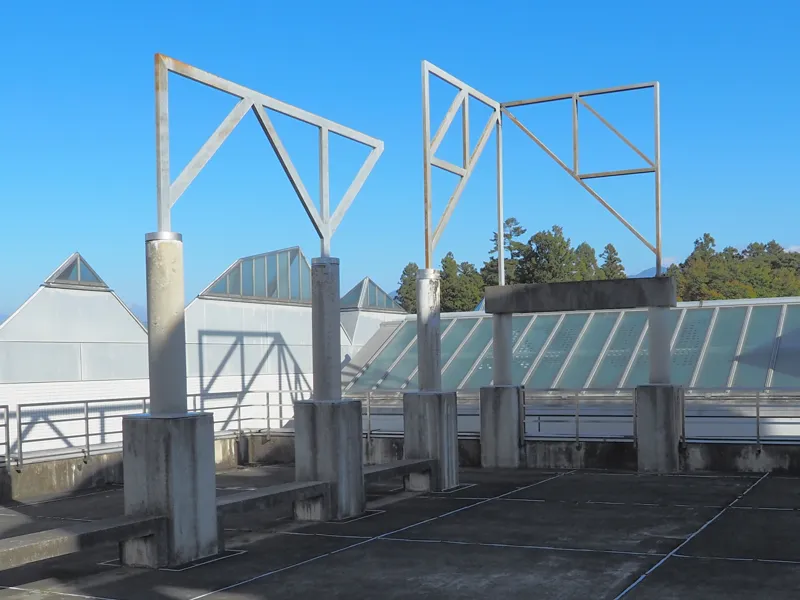
Now, let’s go to the sightseeing tower. From the position where the first photo was taken, turn around and go through the door to the balcony seen on the rooftop.
The entrance appears in front of me. Let’s go.
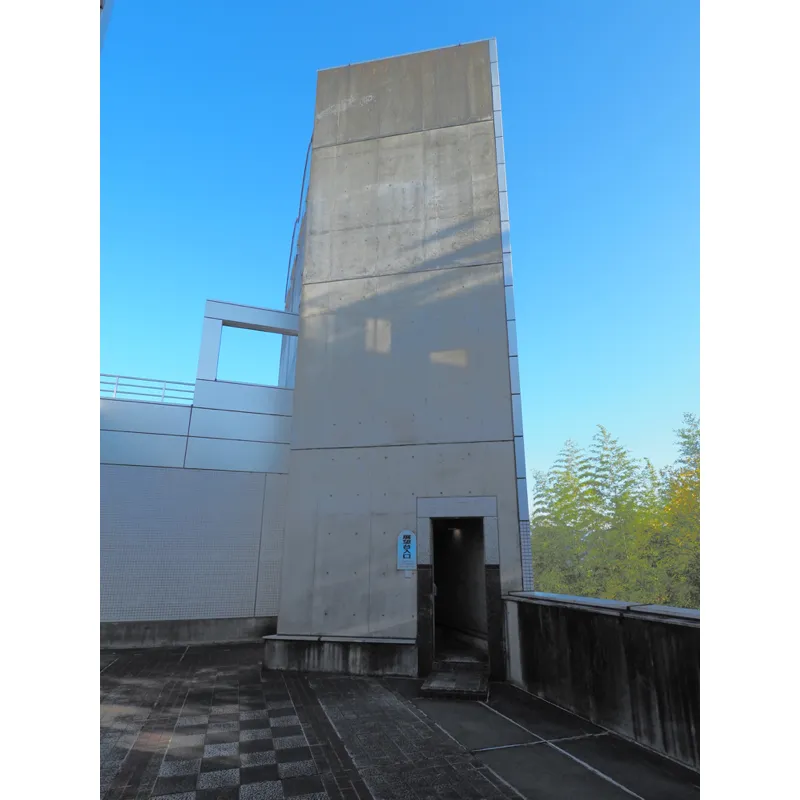
When I entered, I saw the stairwell that was triangular in shape. It’s so narrow…. I wondered if I had to walk this stairs.
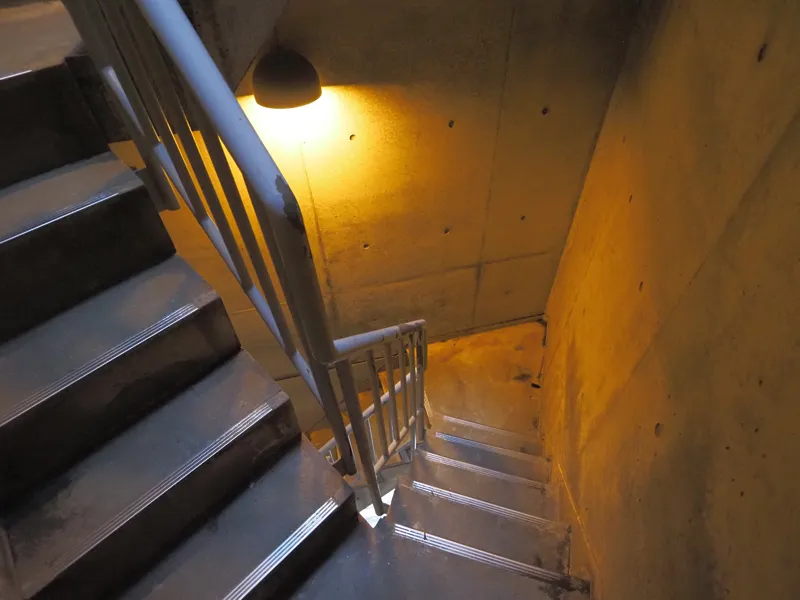
As I climbed up the stairs, I saw the sky.
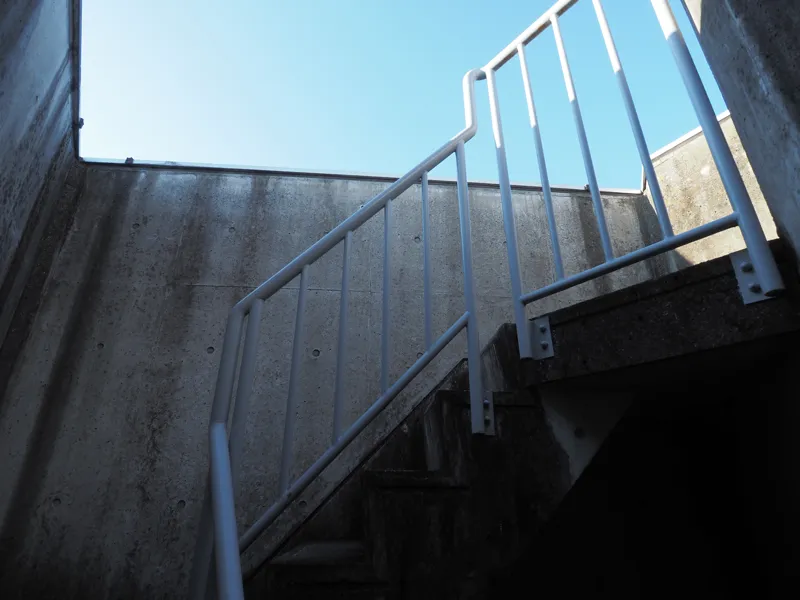
This is the sightseeing deck.
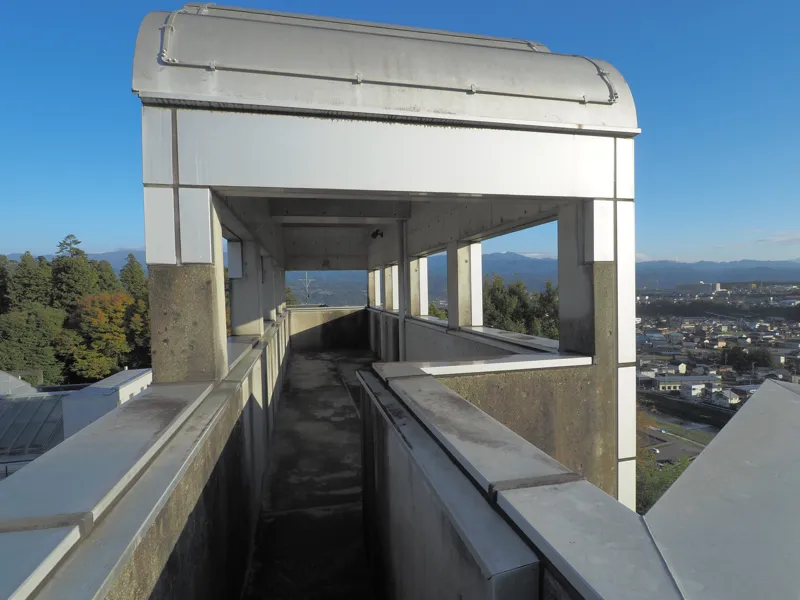
I entered the deck, and, turned around and took this photo facing the stairs.
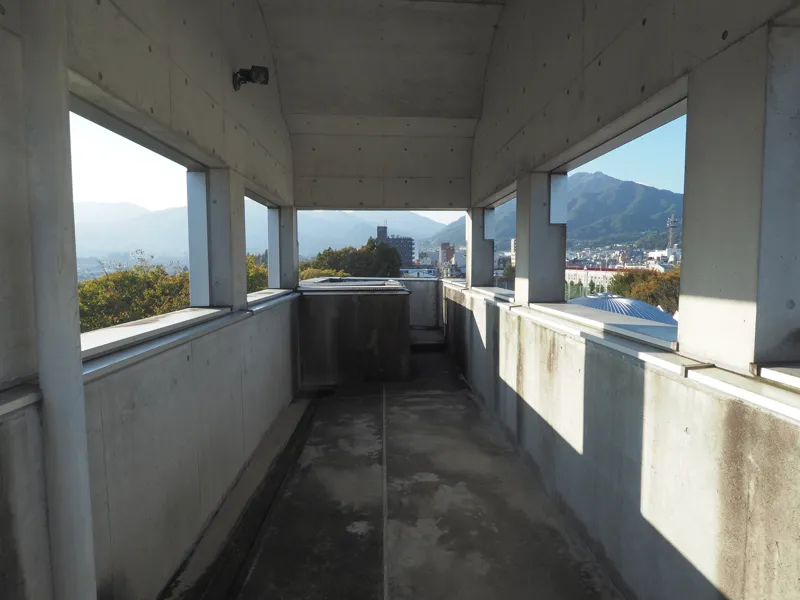
A view of the northwest side.
Otemachi Elementary School can be seen just above the dome of the planetarium.
The Y-shaped building to the upper right of the dome is the prefectural government’s Iida Joint Government Building.
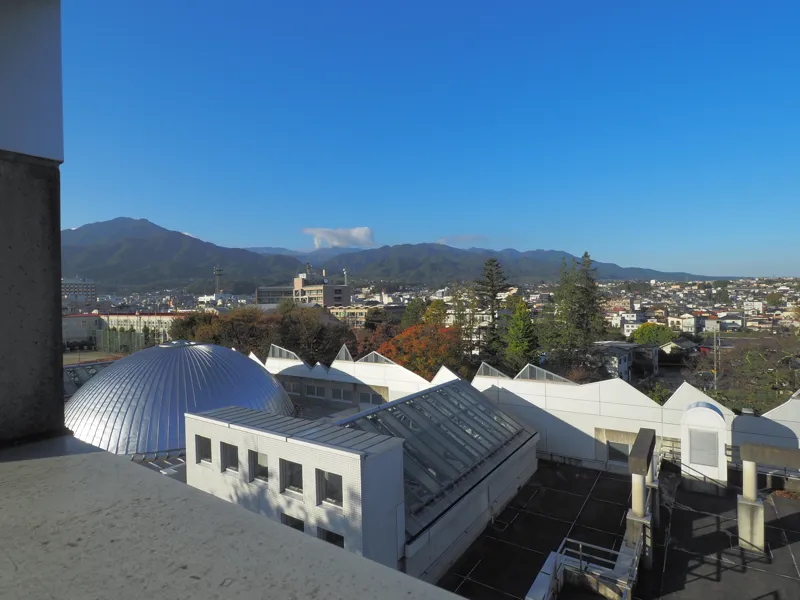
This is the east side.
Beyond the trees on the left are the Kunio Yanagita Museum, the Konosuke Hinatsu Memorial Museum, and the Osahime Shrine. The shrine is located at the site of the main citadel of Iida Castle.
The Tenryu-gawa River flows about 3 km beyond.
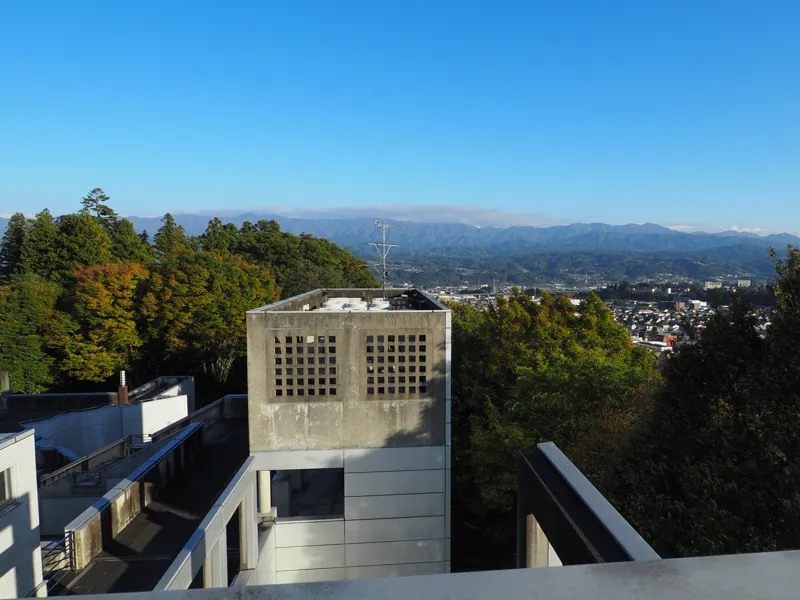
Scenery to the south.
The river in front of us is Matsukawa River, a tributary of the Tenryu-gawa.
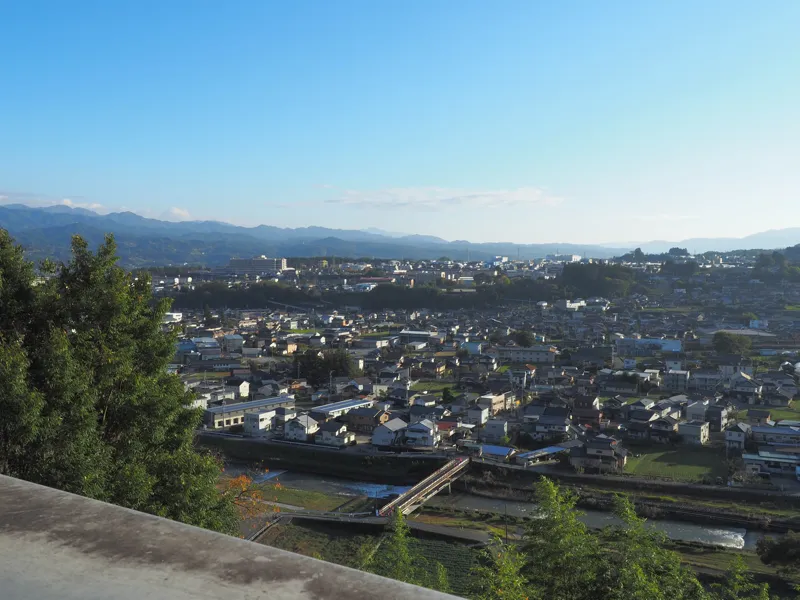
This is the end of the story about the sightseeing deck.
I will show you another photo because the contents are a little short.
This is a Spinosaurus on display.
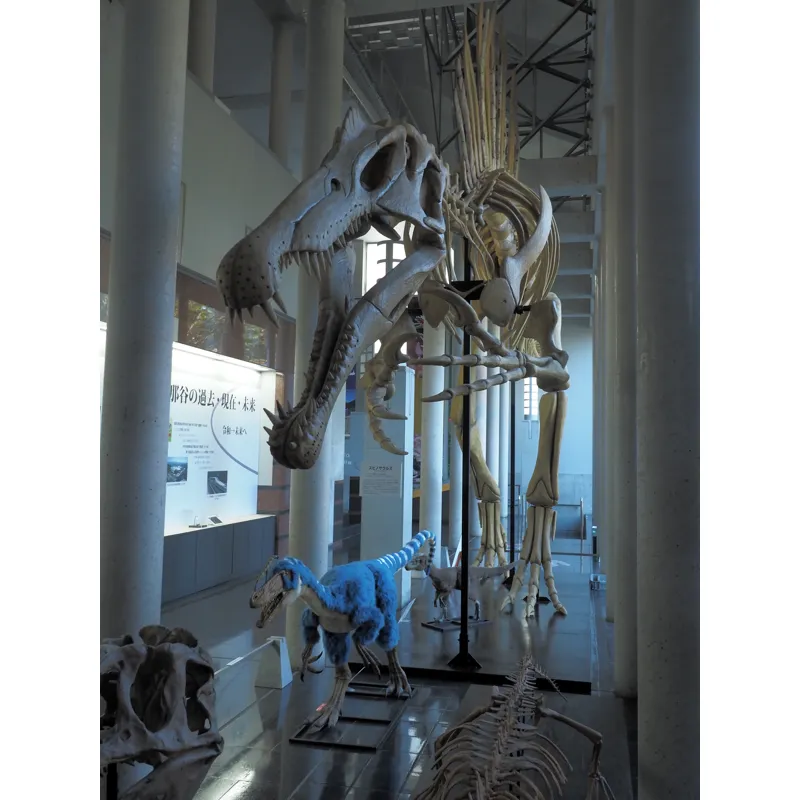
In front of it, there is a board that says “2024 is the bicentennial of dinosaur research". (I blogged about it only in 2025…)
It said that in February 1824, William Buckland (1784-1856), a British geologist, published a paper on dinosaur fossils in the journal of the Geological Society of London, where the dinosaur was given the scientific name “megalosaurus” for the first time in the world.
The board explained that a fossil specimen room has been set up at the Otemachi Elementary School next door; the room opened 20 years ago and displays fossils and specimens collected by Yoshikazu Hasegawa, a paleontologist from Iida City.
The museum is open to the public on holidays about one to three days a month.
[Reference] (written in Japanese)
“The Teachings of the Village and the Theory of Aspect”, Hiroshi Hara (Tozai Asphalt Business Cooperative Association Lecture: 1988)
“Knowing the fun of searching for evolution, Otemachi Elementary School’s fossil specimen room was partially renewed 20 years after its opening” (Minami Shinshu Shimbun, April 28, 2024).
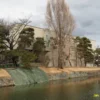
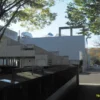
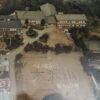
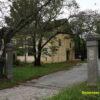
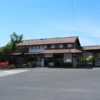
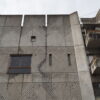

Discussion
New Comments
No comments yet. Be the first one!